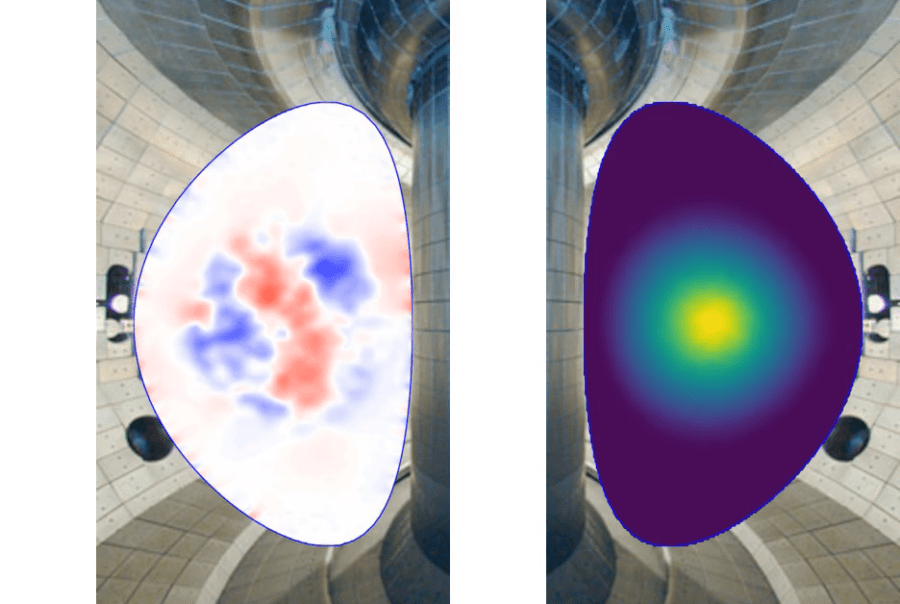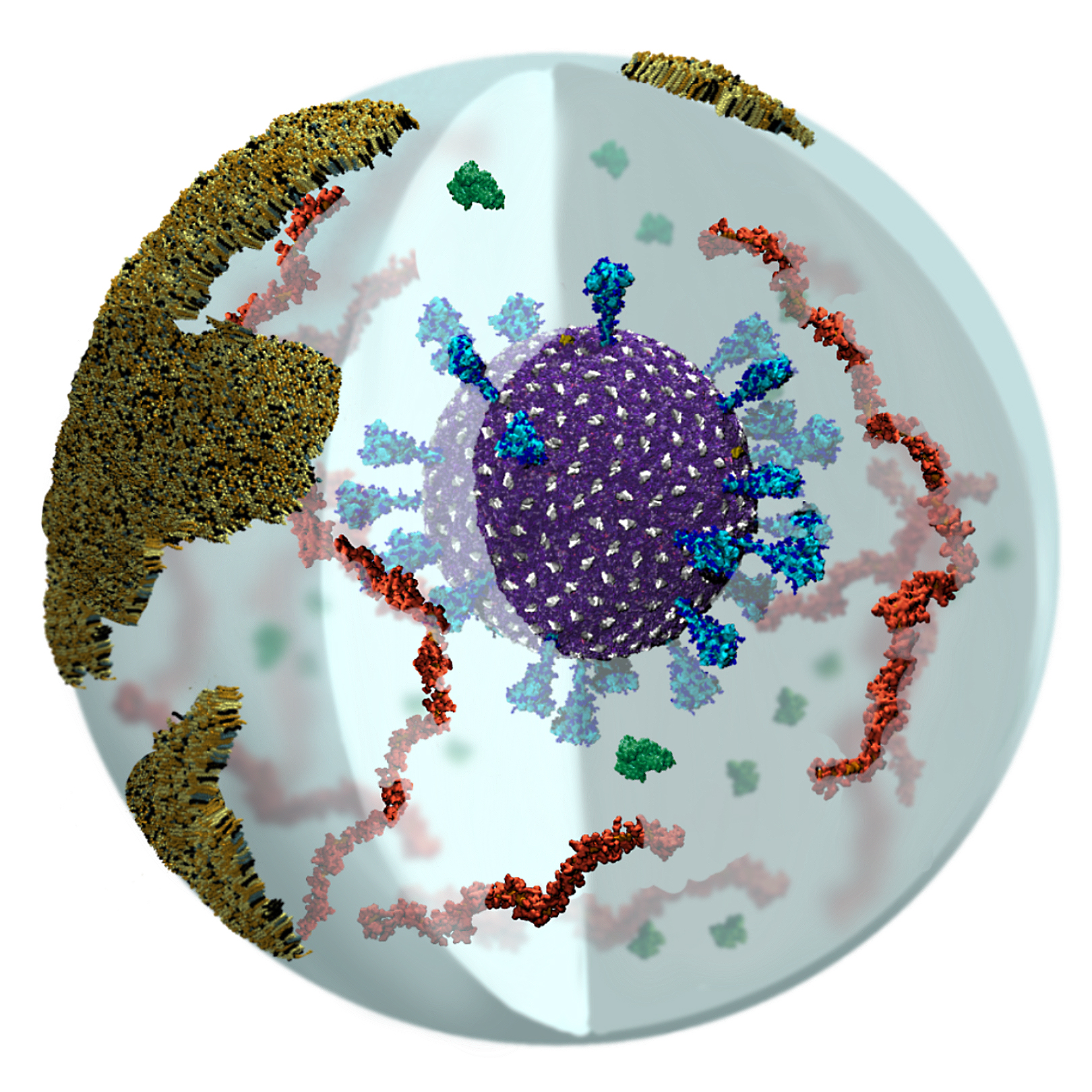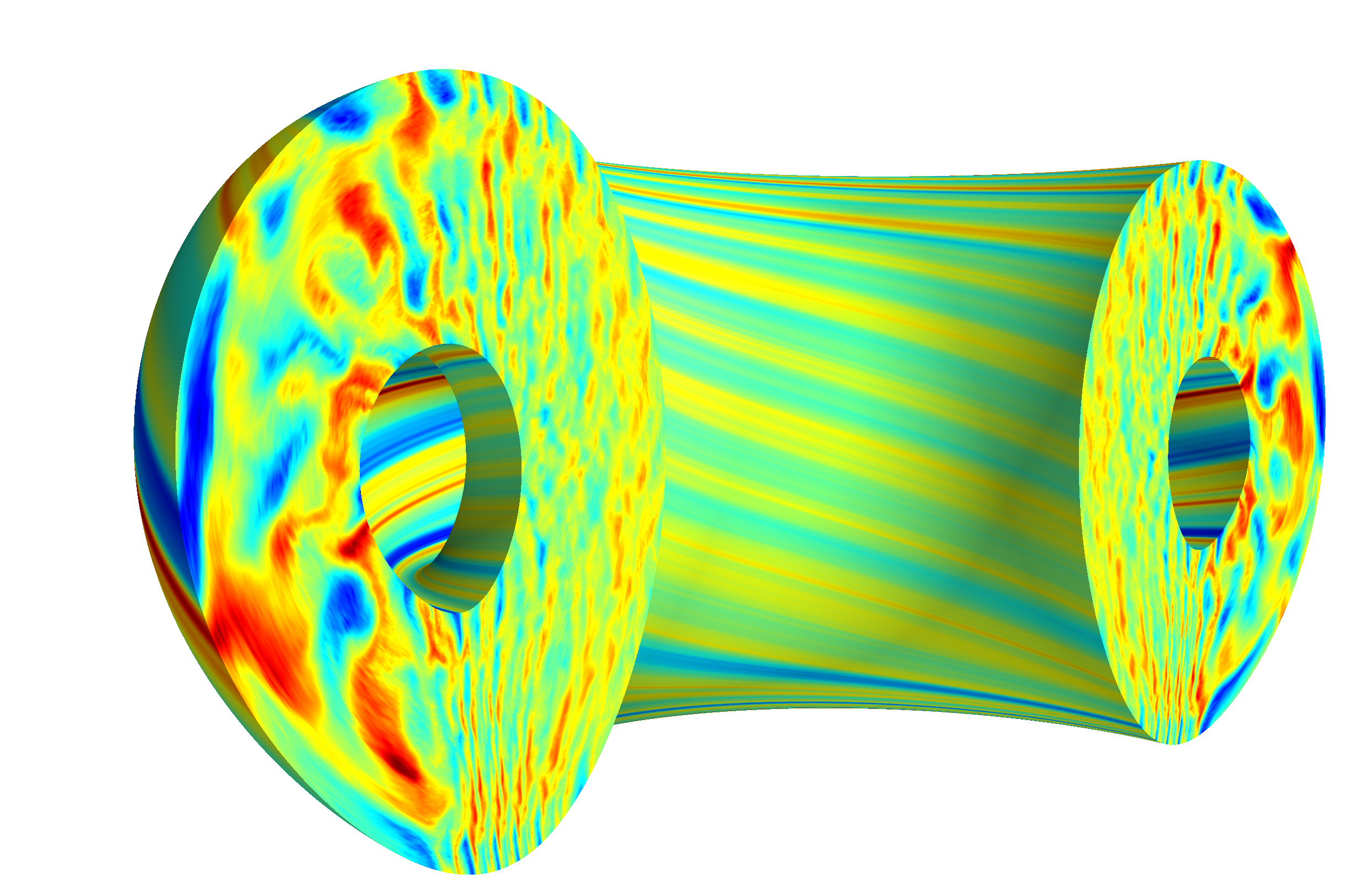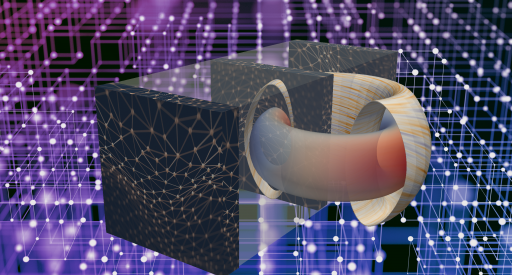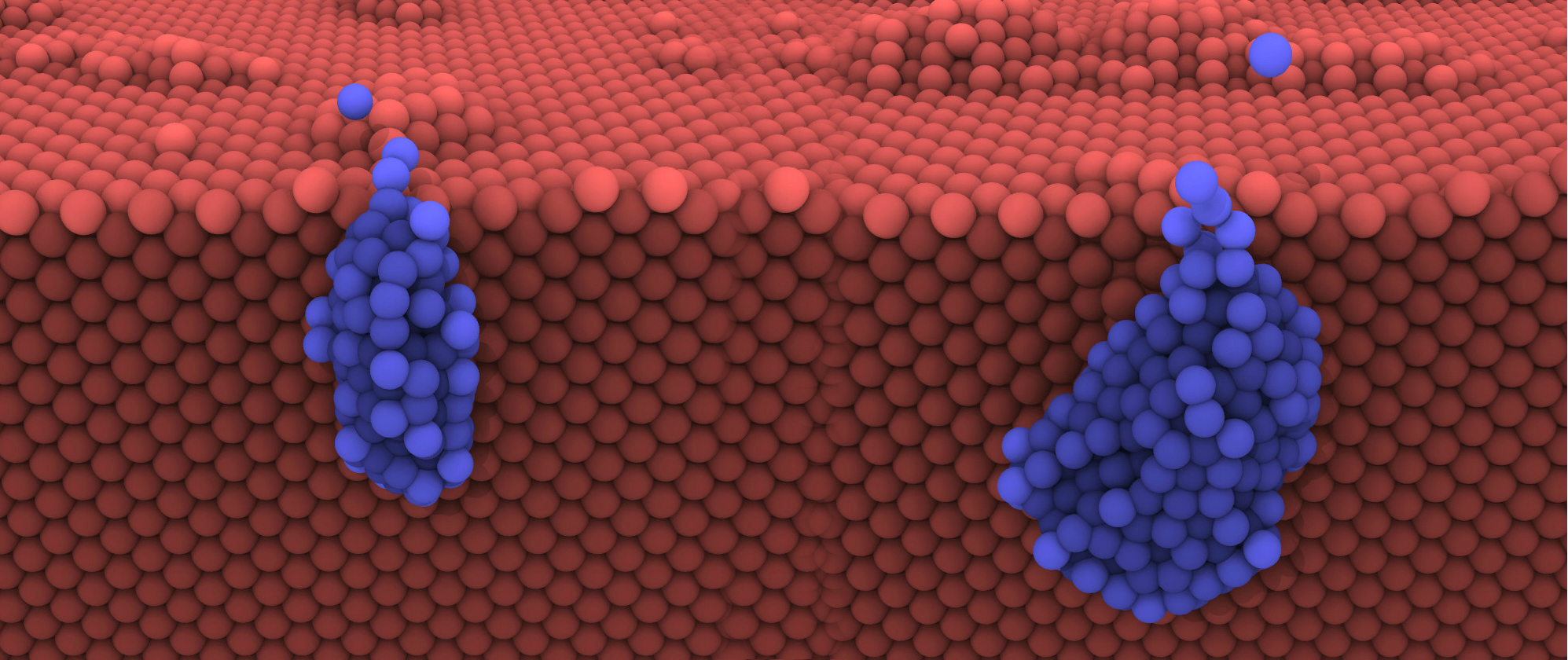Reining in Runaway Electrons
At temperatures hotter than the sun, even a small disruption can interfere with a fusion reaction. Scientists planning for the operations of ITER, an international fusion plant now under assembly, needed to solve the problem of runaway electrons, negatively charged particles in the soup of matter in the plasma within…
Exascale’s New Frontier: SuperLU/STRUMPACK
PI: Sherry Li, Lawrence Berkeley National Laboratory In 2016, the Department of Energy’s Exascale Computing Project (ECP) set out to develop advanced software for the arrival of exascale-class supercomputers capable of a quintillion (1018) or more calculations per second. That leap meant rethinking, reinventing, and optimizing dozens of scientific applications…
New Clues to Improving Fusion Confinement
Nuclear fusion — when two nuclei combine to form a new nucleus, thereby releasing energy — may be the clean, reliable, limitless power source of the future. But first, scientists must learn how to control its production. Building on decades of prior research, scientists have developed sophisticated techniques to improve…
Exascale’s New Frontier: EXAALT
PI: Danny Perez, Los Alamos National Laboratory In 2016, the Department of Energy’s Exascale Computing Project (ECP) set out to develop advanced software for the arrival of exascale-class supercomputers capable of a quintillion (1018) or more calculations per second. That leap meant rethinking, reinventing and optimizing dozens of scientific applications…
Exascale’s New Frontier: WDMApp
PI: Amitava Bhattacharjee Princeton Plasma Physics Laboratory In 2016, the US Department of Energy’s (DOE’s) Exascale Computing Project (ECP) set out to develop advanced software for the arrival of exascale-class supercomputers capable of a quintillion (10¹⁸) or more calculations per second. That meant rethinking, reinventing, and optimizing dozens of scientific…
2021 at the OLCF: Year in Review
In 2021, supercomputing at the US Department of Energy's (DOE's) Oak Ridge National Laboratory (ORNL) enabled new scientific breakthroughs amid the global pandemic. From modeling small particles called quarks to simulating turbulence in fusion reactors, the Oak Ridge Leadership Computing Facility's (OLCF's) flagship supercomputer, Summit, continued to provide unprecedented opportunities…
Closing In on Fusion
The same process that fuels stars could one day be used to generate massive amounts of power here on Earth. Nuclear fusion—in which atomic nuclei fuse to form heavier nuclei and release energy in the process—promises to be a long-term, sustainable, and safe form of energy. But scientists are still trying to fine-tune the process of…
Team Earns Gordon Bell Prize Finalist Nomination for Simulating Carbon at Extreme Pressures and Temperatures
Are diamonds even stronger than we’ve ever imagined? Can other post-diamond phases appear when diamond is subjected to extreme pressures? A team used machine-learned descriptions of interatomic interactions on the 200-petaflop Summit supercomputer at the US Department of Energy’s (DOE’s) Oak Ridge National Laboratory (ORNL) to model more than a…
Scientists Use Supercomputers to Study Reliable Fusion Reactor Design, Operation
Nuclear fusion, the same kind of energy that fuels stars, could one day power our world with abundant, safe, and carbon-free energy. Aided by supercomputers Summit at the US Department of Energy’s (DOE’s) Oak Ridge National Laboratory (ORNL) and Theta at DOE’s Argonne National Laboratory (ANL), a team of scientists…
Weighing up Plasma Particles
The sun’s energy is the result of a continuous series of nuclear fusion reactions in which ionized hydrogen in the form of plasma collides at high speeds and releases helium and energetic neutrons—producing enormous bursts of energy in the process. For years, researchers have sought a way to harness this…
Speeding Toward the Future of Fusion
In 1934, physicist Ernest Rutherford and his colleagues produced the first fusion reaction—the fusing of light nuclei to release energy—in a laboratory by converting deuterium, a heavy hydrogen isotope, to helium. Since then, scientists have built increasingly efficient fusion energy devices with a goal to achieve net fusion energy, or…
Artificial Intelligence Approach Points to Bright Future for Fusion Energy
For decades, scientists have sought to control nuclear fusion—the energy that powers the sun and other stars—by developing massive fusion reactors to produce and contain plasma, with the goal of mirroring the astronomically high pressure and temperature conditions of celestial objects. To ensure plasma—the fourth fundamental state of matter—retains its…
Science at Exascale: Molecular Dynamics for Materials
Frontier is an exascale computer planned for delivery at the Oak Ridge Leadership Computing Facility in 2021. The system will support a wide range of scientific applications for advanced modeling and simulation, as well as high-performance data analytics and artificial intelligence. In the “Science at Exascale” Q&A series, researchers working…
Science at Exascale: The Future of Fusion Modeling
Frontier is an exascale computer planned for delivery at the Oak Ridge Leadership Computing Facility in 2021. The system will support a wide range of scientific applications for advanced modeling and simulation, as well as high-performance data analytics and artificial intelligence. In the “Science at Exascale” Q&A series, researchers working…
Decades-Long Physics Mystery Elucidated with Titan
The same fusion reactions that power the sun also occur inside a tokamak, a device that uses magnetic fields to confine and control plasmas of 100-plus million degrees. Under extreme temperatures and pressure, hydrogen atoms can fuse together, creating new helium atoms and simultaneously releasing energy. Fusion could be a…


